Finishing touches and Overclocking
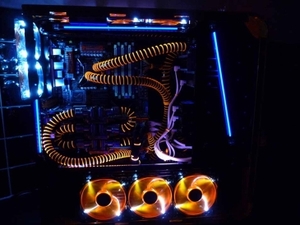
There are four 12in UV cold cathodes lamps inside the case, which make the UV orange anti-kink coil springs glow very brightly. An orange triple laser LED unit illuminates the XSPC pump and reservoirs, and a white one illuminates the face on the side panel window.
Xigmatek 120mm LED fans on the radiators glow orange and white, and the exhaust fans on the rear of the case glow bright white. The motherboard and soundcard also have small white LEDs too. The lighting is something I'm particularly proud of and really makes the case stand out.
As well as having a fast CPU and three fast graphics cards, I decided I needed some speed in the storage department too to keep up with everything else. For this I chose three Intel X25-M 80GB SSD drives. I was a little sceptical at first, but the sheer performance boost of these three drives in RAID0 has simply blown me away!
StarTech.com from the States provided the backplane for the SSDs - it holds up to four 2.5in HDD’s in a single 5 1/4″ bay! It’s hot-swappable and lockable too. The quality, features and ease of installation make this a great addition to the case.
As well as paying attention to detail on the externals, I spent a long time tweaking the hardware to make the most of the fact the system was water-cooled. Core i7 CPUs are really powerful but in my experience, getting a stable overclock of 4.0GHz can prove tricky. You also have to think about achieving high DDR3 and BCLK frequencies. I was having problems hitting 4.20GHz stable (with a multiplier of 21, and a QPI of 200MHz, with Hyper-Threading enabled), so I opted to step down to a rock-solid 4.0GHz (21 x 190MHz) and the RAM running at 1,523MHz.
To achieve this, the system needed a vcore of 1.36v. The CPU runs at a maximum temperature of 72°C even after running the smallFFTs stress test in Prime95 for several hours. I can bench at 4.2GHz and even pass a Linpak torture test, but when I tried to run Large FFTs in Prime95 (4096 FFTs to test RAM) the PC would blue screen within 20 minutes or so no matter how many volts I was putting through it.
Other tweaks I made were to raise the CPU PLL voltage to 1.895v, the QPI/DRAM voltage to 1.35v and the DDR3 to 1.65v. I also increased the core speeds on the three GeForce GTX280s from 602MHz to 730MHz, the stream processors from 1,296MHz to 1,470MHz and the memory from 1,107MHz to 1,275MHz.

MSI MPG Velox 100R Chassis Review
October 14 2021 | 15:04


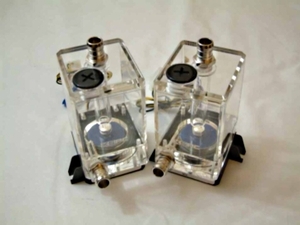
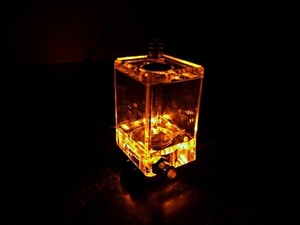
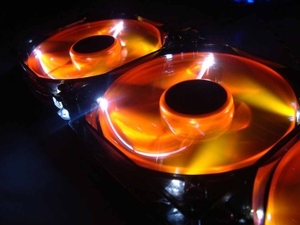
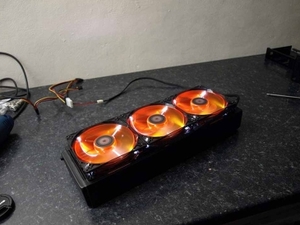
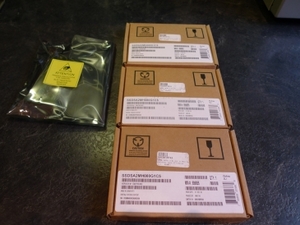
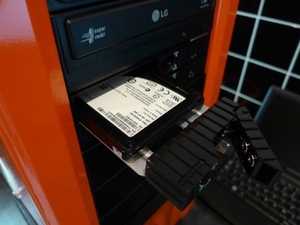







Want to comment? Please log in.